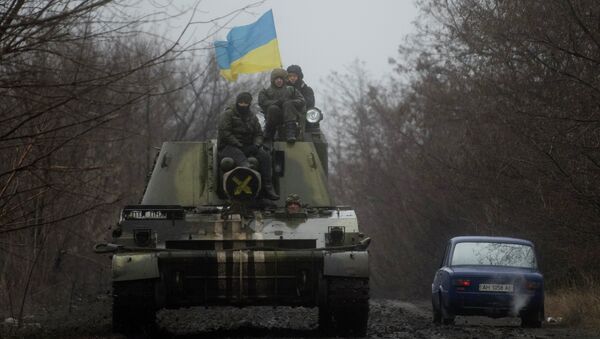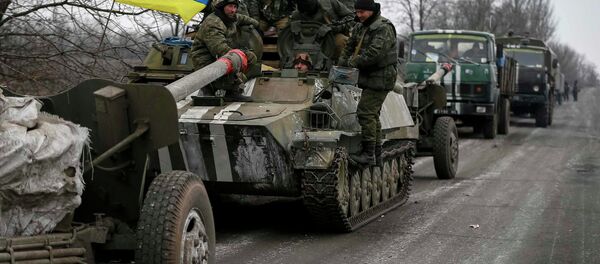According to NATO's top military commander, it could well be that the weaponry is returned to the previous locations afterward or could just be getting moved in preparation for future fighting.
Last Wednesday, the OSCE Special Monitoring Mission (SMM) in Ukraine said it was unable to verify whether DPR and LPR have completed their heavy weaponry withdrawal. The monitors said this would require more comprehensive data sharing, including an inventory of weapons and the routes used for the withdrawal.
The Kiev forces announced on Wednesday that they had begun the second stage of their weaponry pullback. Meanwhile, DPR and LPR stated that they completed the withdrawal from the line of contact on Sunday, March 1, meeting the deadline stipulated by the Minsk agreements.



